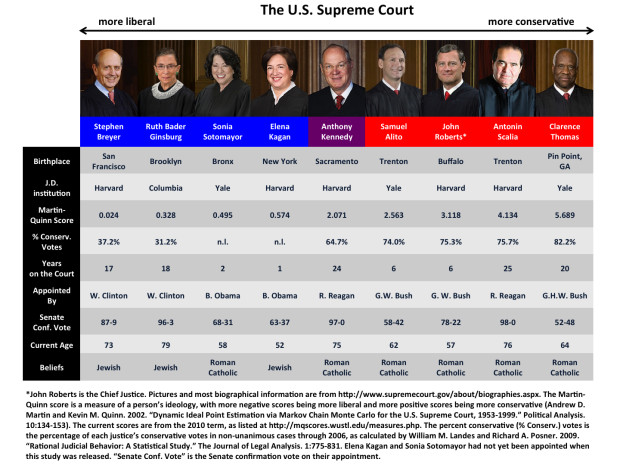The following article was originally published by Illinois Review.
Shortly after the Supreme Court released its decision on the constitutionality of the Patient Protection and Affordable Care Act, Representative Adam Kinzinger (IL-11) weighed in on the ruling making a formal statement and then answered questions from Washington DC via a phone press conference call. Mr. Kinzinger further explained his thoughts on Obamacare to reporters from various media agencies:
Wanda Rohl this morning said, “The government already makes people buy auto insurance. The government already makes people do other things, and we are already paying for the uninsured anyway, so she’d rather have everybody covered. Could you respond to that?”
Kinzinger: “I think Wanda’s made it clear that she believes that there’s a huge role for basically a full government takeover of healthcare. It’s an area where we fundamentally disagree. State government—and keep in mind it is state—can make people buy car insurance, but they can’t force people to drive. You don’t have to have a license to simply exist as a person. In this case, it looks like the Supreme Court agreed that the Federal government does not have the power to do that. However, again, [Obamacare proponents] went and said, ‘This is actually a tax increase and the Federal government does have a right to tax.’
“So, from that perspective, this is a tax increase on the American people and it is not saying that the federal government has a right to make people buy something simply for existing.”
What is the next step?
Kinzinger: “The reality is, the Supreme Court says the healthcare law can survive today, but I think the healthcare law ends on November 6th when Obama is not reelected. We’re going to vote to repeal this once again. We’ve already voted many, many times to repeal this law, and just because the Supreme Court upheld it today doesn’t make it anymore popular. The American people are still very upset. This is the law that’s going to put us deeper into debt and reduce the quality of healthcare that people are getting, and so we are going to continue to fight to repeal this entire bill.”
What will happen if the Republicans don’t get veto-proof majority control of the Senate in November? Won’t we still have this quagmire?
Kinzinger: “That’s the reality, but the fact is, the American people are pretty upset about this law. It’s just like what you saw back when the law passed initially: there were a lot of Democrat defections because they felt the wrath of the American people. I tell you: a lot of people out here in Washington, D. C. are political folks and they understand what public pressure is. I think that if the Senate is going to stand in the way of a repeal of this very unpopular law, some of these more moderate Democrats or these Democrats in tough districts are going to understand that the American people are not happy and potentially flip. There’s no doubt that today the news of the Supreme Court’s decision was a blow to the efforts to repeal it, but that’s not going to stop us from fully repealing or making attempts to fully repeal this law.”
Is this going to be primarily what the election is about as we head into November? Do you think other issues are going to be droned out now?
KInzinger: “No, I think the election is always about unemployment, about the terrible economy we’re in, the fact that the President, when he was elected, said, ‘If I don’t turn this economy around, it’ll be a one-term proposition.’ I think that’s going to be number one. The American people are hurting. They want jobs. They want a president that actually understands that and tries to lead. Is this going to be one of the top issues? Yes, it will be. Healthcare will now be one of the top issues discussed. The number one issue is still going to be the fact that too many of our neighbors do not have the opportunity to go out and get jobs, and it’s going be a referendum, partially, on the fact that the President has not lead the American people and still refuses to lead on that issue.”
What would the Republicans replace the Obama healthcare bill with?
Kinzinger: “Well, as I mentioned in my statement, there’s a lot of it, including allowing insurance companies to compete across state lines. Portability for health insurance: you shouldn’t have to lose your health insurance when you switch jobs. That actually stems from back in the day when somebody would work for the same corporation for twenty years. Now, if you leave a company, you should be able to take your insurance plan with you. We need tort reforms, so doctors don’t have to spend [money] on unnecessary tests to practice defensively; they can practice the best for that doctor-patient relationship.
“Allowing small businesses to band together with the buying power of big businesses to dilute the pre-existing conditions that may have somebody have to pay way too much money. There’s a lot of potential things that we can do to replace this law. The fact is, we’ve got to bring the cost of healthcare down, and then we’ve got to figure out how to fully cover everybody through lower costs. But you can’t do that with just the government takeover of healthcare like we see here, and with writing a big, blank government check when the government’s out of money.”

